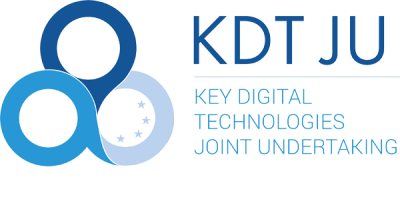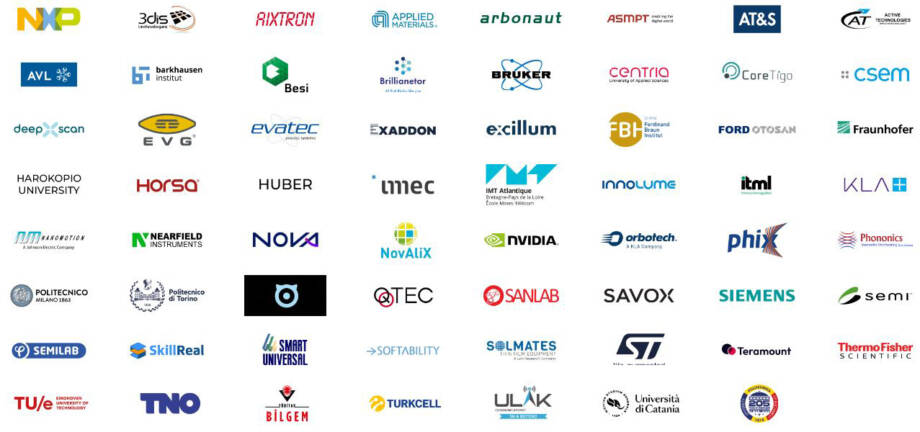

HiCONNECTS
The HiCONNECTS project develops the next generation of electronic components and systems heterogeneous integration core technology solutions for energy-efficient, high-performance wireless/wired cloud and edge computing and automotive radar in support of the next radio frequency and IT technology evolution.
Branch: Digitalisation
Duration: 1.1.2023 – 31.12.2025
Region: International
Financed by: KDT JU
Project Manager: Saku Seppälä
The HiCONNECTS project will enable both wired/wireless networks and edge/cloud data centers of the future to operate with high performance and reliability, increasing overall energy efficiency. Likewise, the project will enable enhanced sensing capabilities for radars by supporting parallel technology and packaging integration, allowing increased link budget and bandwidth while reducing the Bill of Material cost for the overall system.
HiCONNECTS is a consortium of 64 partners from 15 countries, develops the next generation of electronic components and systems heterogeneous integration core technology solutions for energy-efficient, high-performance wireless/wired cloud and edge computing and automotive radar in support of the next radio frequency and IT technology evolution.
The high-level objective of HiCONNECTS is to support major societal and industrial challenges by developing heterogenous integration (HI) core technology solutions for energy-efficient and highperformance wireless/wired cloud and edge computing as well as automotive radar to solve two of the main state-of- the art roadblocks: the transmission of Internet of Things (IoT) data over the IT network and sensing of objects to enable Highly Automated Driving (HAD). Today, high latency, limited bandwidth, and high energy consumption per bit of information of current wireless/cloud platforms cannot satisfy the IoT applications that require real-time response. Furthermore, a lack of resolution, classification, segmentation, localization, and mapping of current radars is not sufficient for Level 4 and 5 HAD.
The second and directly linked objective is to use these HI components to develop solutions in societal and economical important areas, with major focus on RF infrastructure (networking cards and switches) for the advancement of vertical sectors such as connected technologies (5G/6G and radar) and IT data growth vehicles, smart cities, and connected industry.
HiCONNECTS has received funding from the Key Digital Technologies Joint Undertaking (KDT JU) under grant agreement No 101097296. The KDT JU receives support from the European Union’s Horizon Europe research and innovation programme and Austria, Italy, Germany, Netherlands, Israel, Finland, Switzerland, Hungary, Sweden, Turkey, France, Denmark and Romania.
The project consortium

Centria in HiConnects
The wildfire demonstration will be carried out on the territory of and with the assistance of the North Ostrobothnia Rescue Department. The actual demonstration will be organised as an invitation event for key stakeholders and media at the end of the project. Before that, a series of trials will be conducted, focusing on the technological functionality and sharing of the different components. Drones will form a separate R&D line to allow the drones to be aware of each other’s movements and implement different strategies to correct their trajectories. For inter-drone communication, comparative testing of new technologies will be carried out to build a workable communication solution for inter-drone communication.
Centria’s role is to act as the leader and country coordinator for the whole demonstration task. Our own work will focus on the application of the portable 5G base station solution in this context. This will primarily involve the development of essential MCx-type functionalities, where the exploitation and further development of the BS edge computing resource will be key. In addition to this, Centria will push forward its drone capabilities, both in the development of fixed-wing solutions and in the further development of autonomous drone security and ship-to-ship communications. All of these are very relevant for future projects and business ventures, but also for the provision of drone pilot licensing qualifications.